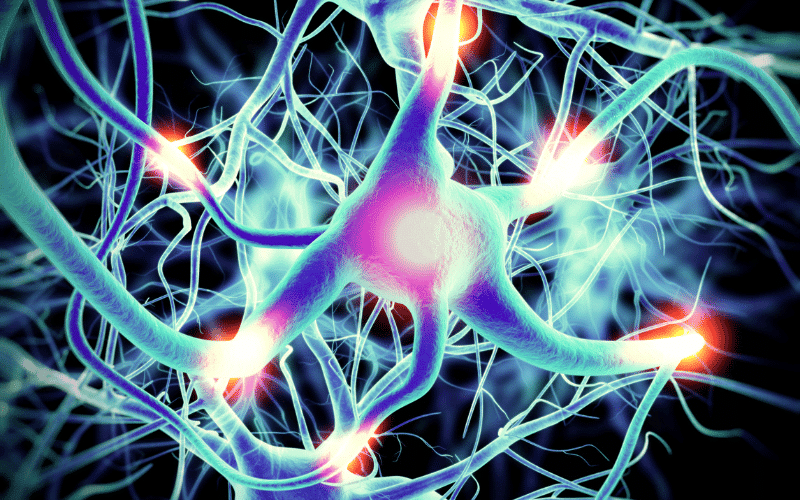2. Degeneration of Nerve Fibers: The Primary Pathological Process

The second significant aspect of Friedreich’s Ataxia revolves around the degeneration of nerve fibers, a key pathological change within the body. The loss of nerve fibers, particularly those in the spinal cord, is a direct consequence of reduced frataxin production. But the question arises: why are these nerve fibers so integral?
Nerve fibers in the spinal cord are essentially the communication lines between the brain and the rest of the body. They carry signals from the brain to various muscles, orchestrating movements and maintaining balance. When these nerve fibers start to degrade, as in FRDA, these crucial signals become distorted, leading to a cascade of motor problems.
The nerves most affected in FRDA are those that control the muscles in the arms and legs, leading to coordination and balance issues that are characteristic of the disease. This is where the term “ataxia” in Friedreich’s Ataxia originates. Ataxia refers to the loss of control over bodily movements, a direct result of the degeneration of these critical nerve fibers.
But it’s not just the peripheral nerves that bear the brunt. The cerebellum, a part of the brain involved in coordinating movements and maintaining balance, also shows signs of atrophy in individuals with FRDA. These cumulative effects on the nervous system elucidate why motor-related symptoms are so prominent in this disorder. (2)